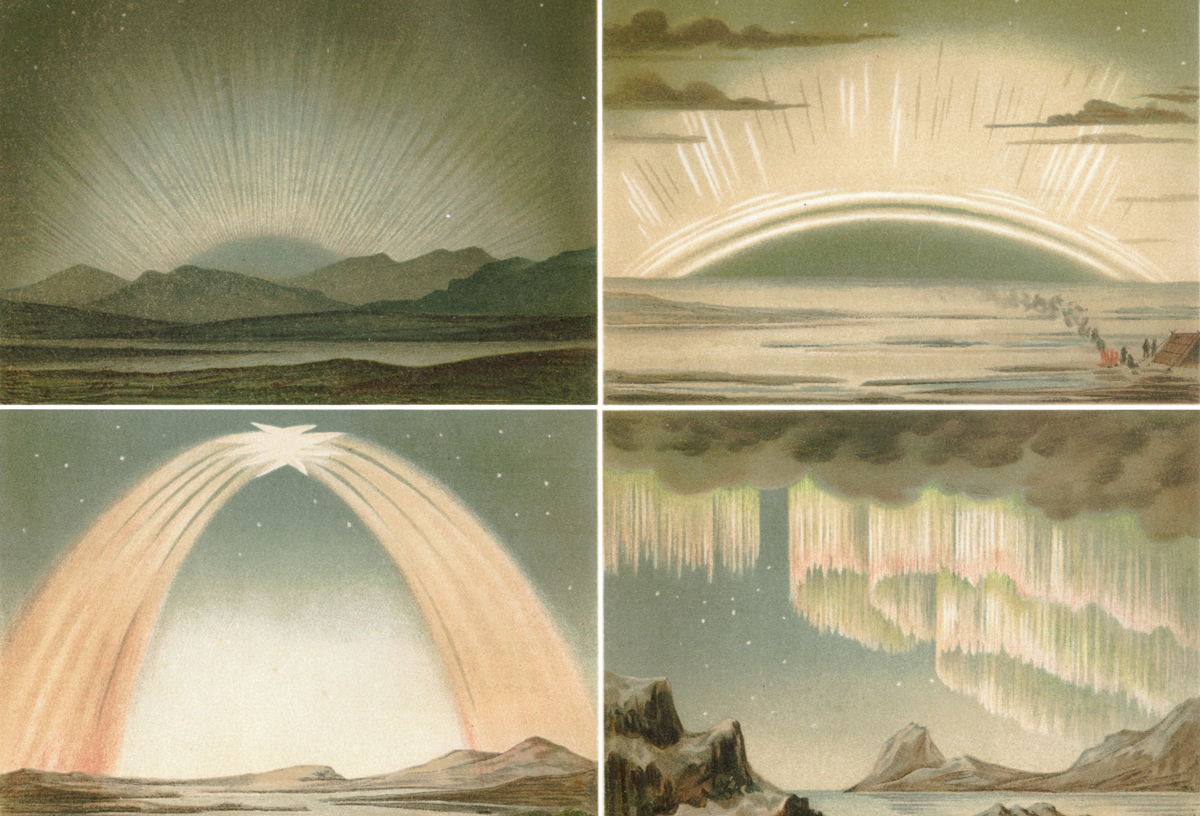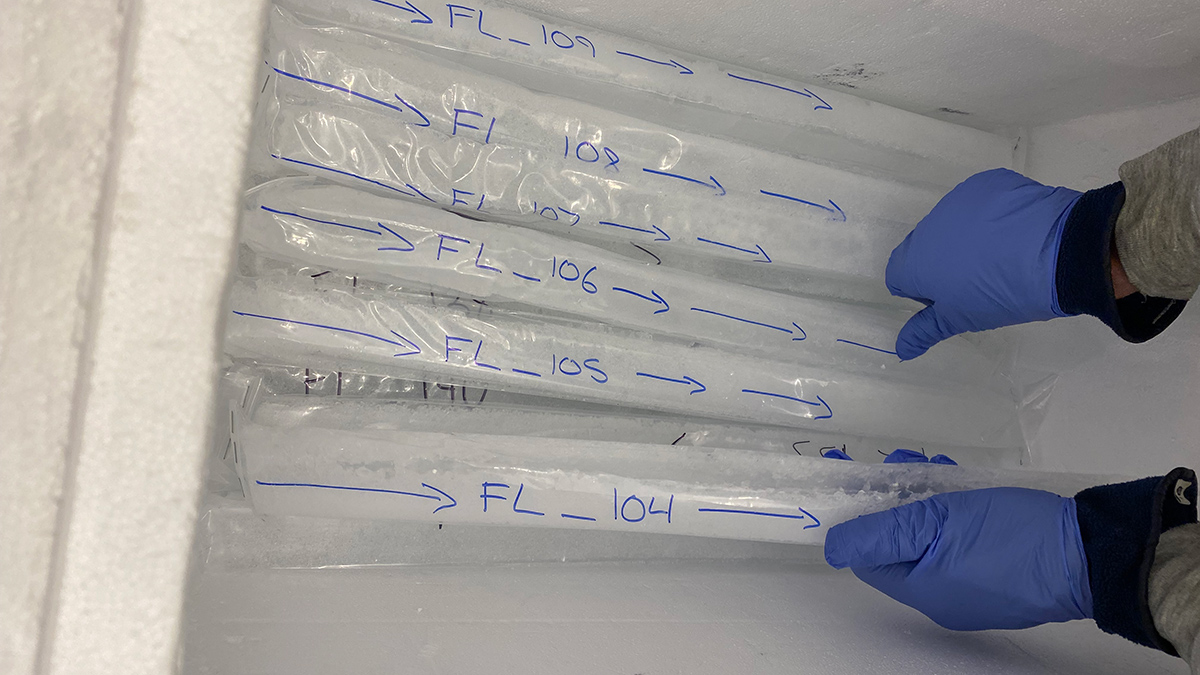Mit der Analyse der Sedimente, die durch den Einschlag durcheinandergeworfen wurden, konnten Forschende zeigen, dass zwei Einschlagkrater zwischen Schwäbischer und Fränkischer Alb nicht durch den gleichzeitigen Einschlag von zwei aneinander gekoppelten Himmelskörpern, sondern durch die Einschläge von zwei verschiedenen Meteroiten entstanden.
history
Earthquakes May Have Amplified the Destruction of Pompeii
A new analysis of skeletons and collapsed walls indicates that seismic activity compounded the historic catastrophe wrought by Mount Vesuvius.
Let’s Get Geophysical: Tracking the Evolution of AGU Journal Article Titles
A new study catalogs the most frequently used words in the archive of AGU journal article titles and considers the story these words tell about the evolving fields of Earth and space sciences.
The Past, Present, and Future of Extraterrestrial Sample Return
Retrieving samples from distant solar system bodies has revolutionized our understanding of the cosmos and our place in it.
Cerrando la brecha entre las geociencias y la seguridad nacional
La comunidad de geociencias y las agencias de seguridad nacional necesitan una comunicación efectiva y bidireccional para intercambiar información.
Núcleos de hielo de la Antártica capturan la contaminación de los metales pesados y su historia
Un núcleo de hielo que tiene registro más de 2 milenios, sugiere que la minería y la metalurgia aumentaron y disminuyeron con acontecimientos como las guerras y las epidemias.
Stone Age Humans Chose Their Rocks with Care
Ancient humans possessed sophisticated knowledge of the properties of the stones they used to make tools.
Roman Plagues Struck During Cool, Dry Periods
Marine sediments from the Gulf of Taranto offer a high-resolution look at climate during ancient disease outbreaks.
Antarctic Ice Cores Capture Heavy Metal Pollution—And History
An ice core record stretching back more than 2 millennia hints at the mining and metallurgy that waxed and waned with events such as wars and epidemics.
El despertar del Popocatépetl: Transformando la vulcanología en México
La erupción del “Don Goyo” de 1994 en México central aceleró el interés académico en la vulcanología.










